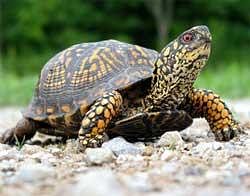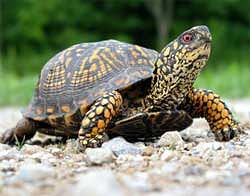

"Goa is an interesting case. The turtle movement started here with the involvement of locals. These sites have now become tourist spots," President of International Sea Turtle Society Kartik Shanker told reporters.
Talking to media on the sidelines of ongoing 30th annual symposium on sea turtle biology and conservation which got underway here on Tuesday Shanker said the other states can draw lessons from Goa with regard to mixing tourism with turtle habitats.
Goa's popular beaches-Agonda, Talpona and Morjim have become turtle nesting sites which are managed by the state Forest Department charting out special conservation programmes. "We cannot look at turtle protection in isolation. We must use them (programmes) as flagship to protect habitat or coast," Shanker said.
The environmentalist, who is a faculty at Bangalore's Indian Institute of Science (IISc), said conservation and livelihood should co-exist and hence local communities should be taken into confidence in such programmes.
"Traditional fishing don’t have impact on the turtles. It's a trawling business which affects them," he said. India has olive ridley turtles spread across all its coasts. According to a rough estimate that there are around 10,000 turtles on Tamil Nadu and Andhra Pradesh coasts while Orissa coast is a home to around one lakh turtles.
"There are few hundred turtles on West coast including green turtles found in Gujarat," Shanker explained. He said the global changes is going to impact the sex ratio of these amphibians. "Hatching below certain temperature produces males while above certain temperature produces females. The global warming can affect the sex ratio as some places are getting extreme warmer while some extreme cold," he said.